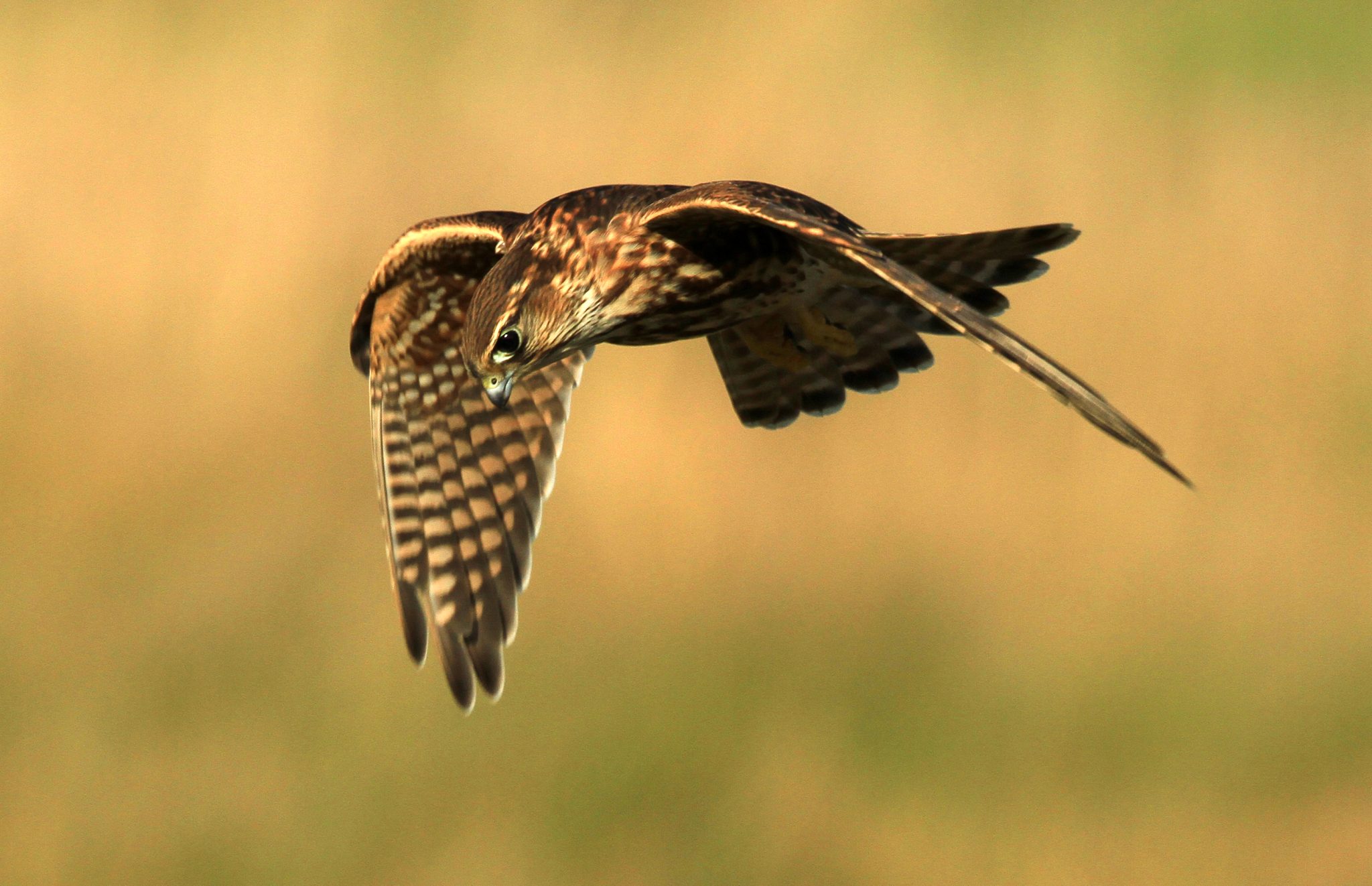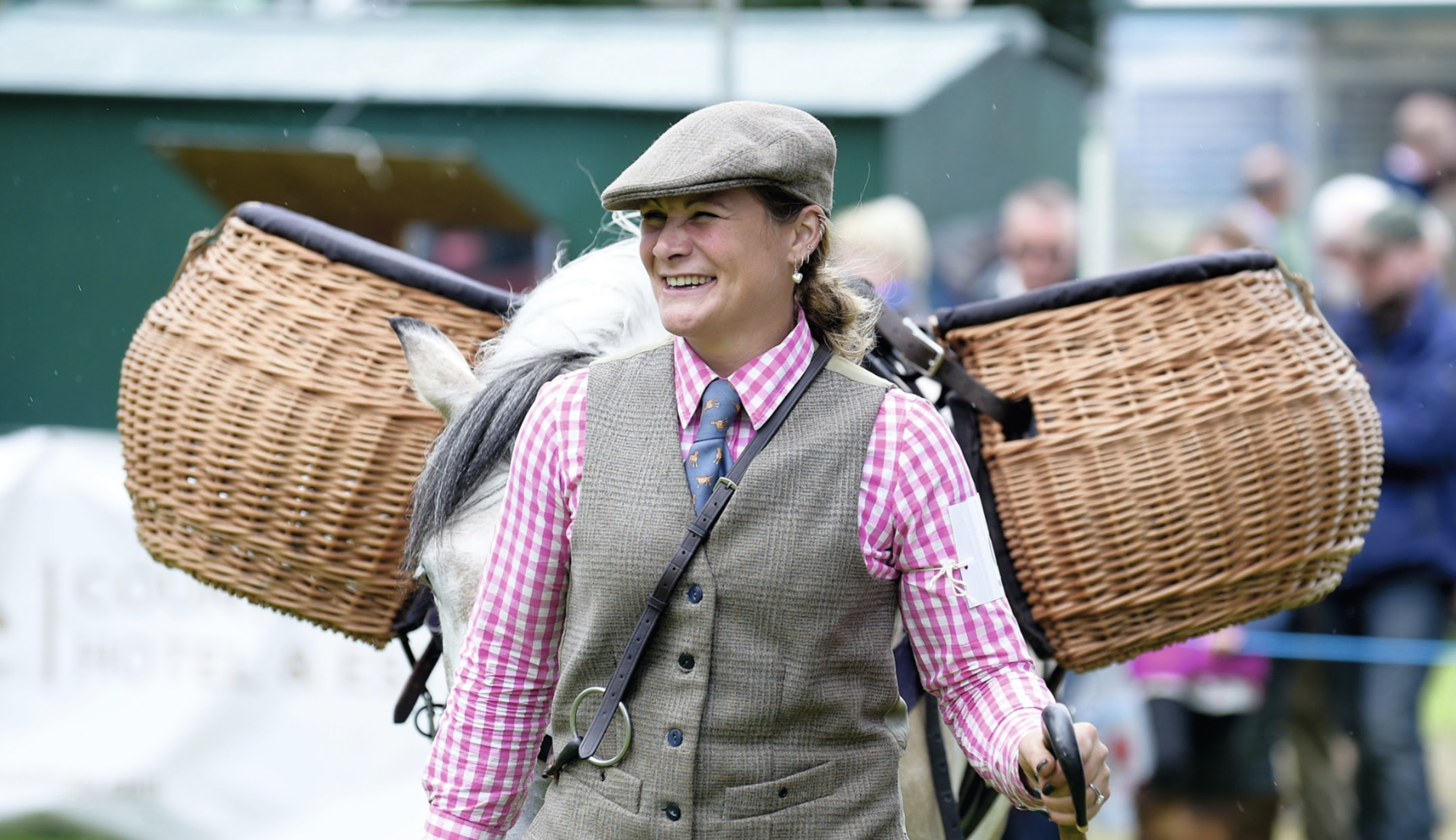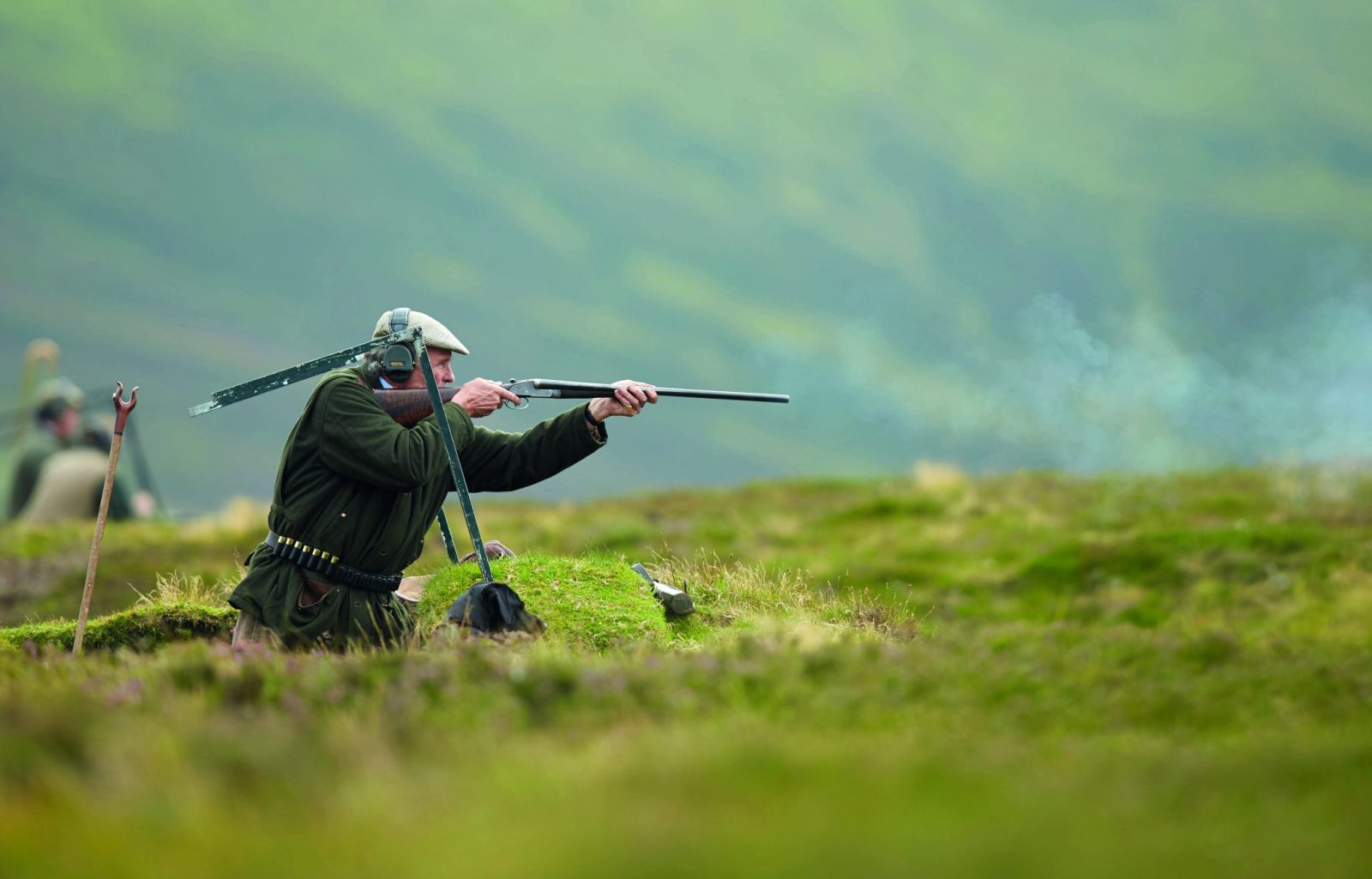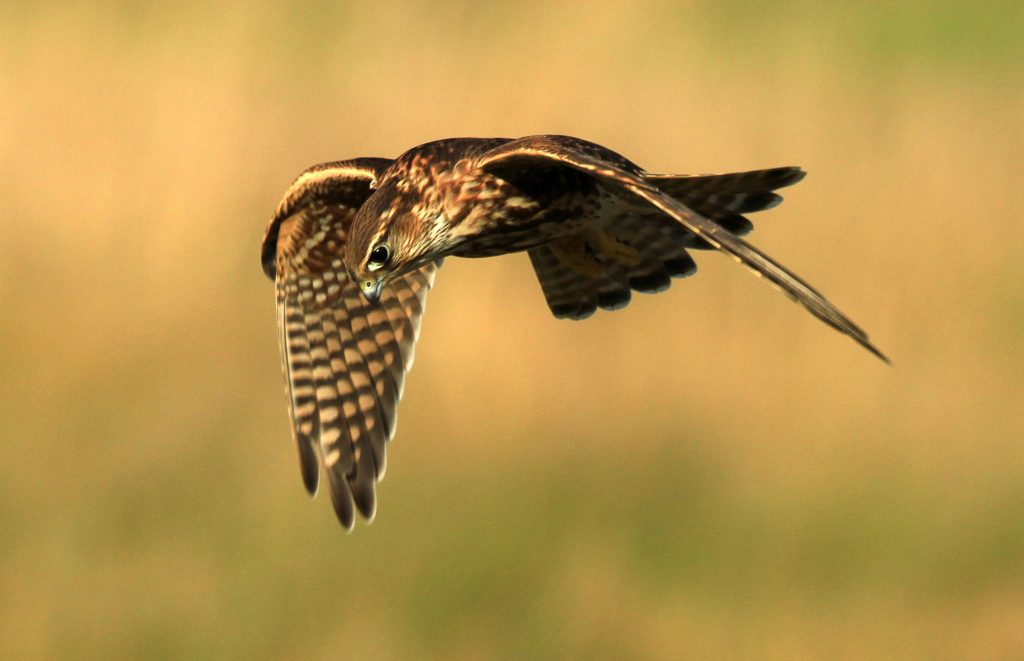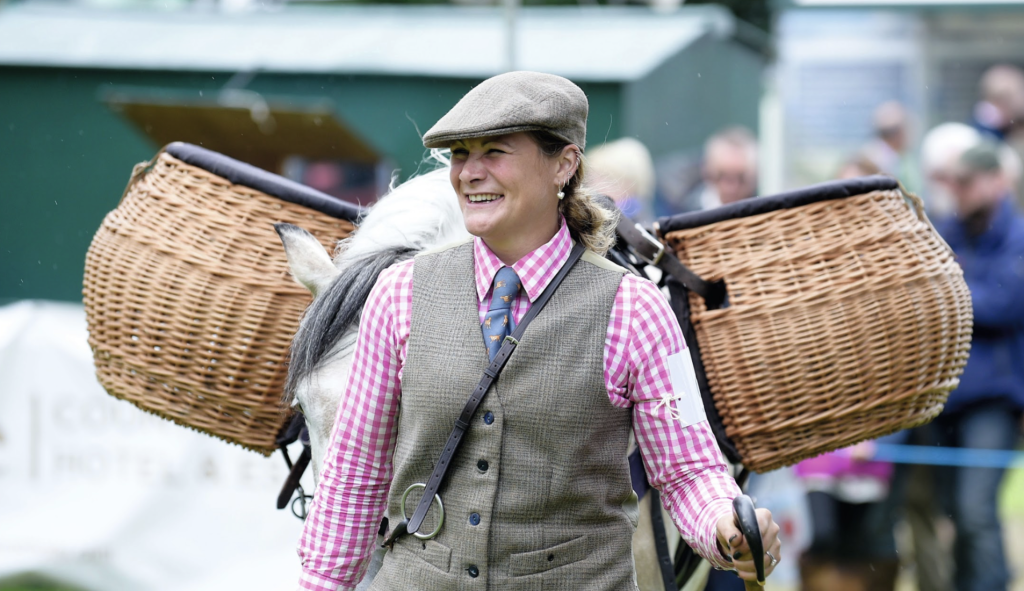Win CENS ProFlex DX5 earplugs worth £1,149 – enter here
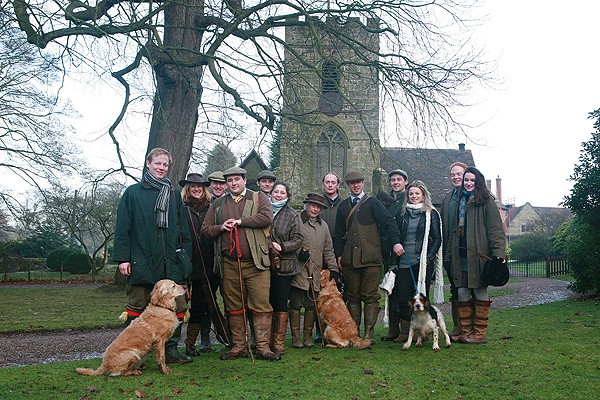
After a summer visit 18 months ago to Willey Park, in Shropshire, to see pre-season preparations (Following family tradition, 17 July 2008), I recently returned on a December shoot day to find out whether Lord Forester had been successful in his five-year plan to rejuvenate his familys ancient shoot. There is an unbroken record of shooting at Willey Park going back to 1825, and the gamebook, started by the first Lord Forester, is one of the oldest in England.
In taking on the shoot three years after his fathers death, as well as living up to a long family tradition, Lord Forester had to put in new infrastructure to change what had been four private days a year to an operation that would at least pay for itself. This season the target of 16 days shooting was reached for the first time and Philip Morris, the gamekeeper who has carried out the work of rebuilding the shoot, was delighted with the results. We have hit all our planned bags so far and it has been a fantastic season, he said. For the first time we can shoot every week from the middle of October, starting with 200-bird days, moving to 250 in November and down to 150 in January as planned.
Despite the recession and it being effectively a new shoot, we only failed to let one day this season and 11 days are already booked for next, Lord Forester explained. One question remained,however: was the quality of the sport commensurate with Willey Parks illustrious shooting history?
A stunning morning dawned on the shoot day. There was not a breath of wind, nor a cloud in the blue sky and a hard frost sparkled brilliantly in the winter sun. The Willey estate had had a white Christmas and after drawing our pegs we drove to the first drive through a beautiful frozen landscape dotted with ancient woodland.
Roots in mining
The first drive, the Furnace, harks back to the early industrial era when ironstone was mined on the estate. Willey Park is down the road from Ironbridge and John Wilkinson (1728-1808), who was known as the Ironmaster of Shropshire rented the furnace that stood on the site of the drive. As we walked to our pegs, Lord Foresters aunt Christine Miles, who had come to help pick-up with her golden retreiver Jelly, noticed I was dogless and kindly offered to stand with me.
Though she enjoys picking-up she hasn’t always liked shooting:I was gun-shy until I married my first husband Richard Bolton, who was a well-known Shot. I used to drive our Austin through the park here at Willey while he stood in the back and shot rabbits over my shoulder that soon cured my fear. It turned out, however, that Christines help was not required as most of the action was over the other Guns. Lined out in a dog-leg round a copse, they were out of sight, but some cracking birds could be seen folding above the treeline.
We went from the old to the new with the next drive. Philip had discovered that birds flushed from two other drives to a copse named Barrow Dingle were not returning due to an inviting winter stubble field nearby. Previously he had pushed them back before the next shoot day. Today, however, he decided to try a drive in the woods, which he hoped would provide good sport and push the birds back to their pens at the same time. In short, we were the guinea pigs.
The Guns were in a staggered line in the woods and fields either side of them. I found myself in a small clearing just inside the wood next to a brook and at the arrowhead of the line. Philip neednt have worried as soon after a shot had been fired to signal the start, a constant stream of birds began to come high and fast, appearing suddenly in the gap in the trees. Lord Forester and I were in the hotspots and to crown a thrilling drive he shot a woodcock Barrow Dingle is now destined to become a regular fixture!
Many of the shoots drives are set in the rolling grandeur of the old park, which is planted with ancient oak, monkey puzzle,beech and chestnut trees, and contains three lakes built by John Forester in 1625. Lord Foresters wife Lydia met us there with refreshments and we chatted over bullshot and sausage rolls served from a 4×4. Our host had two cousins among the Guns Henry Kemp-Gee and Tom Orde-Powlett, who was joined by his wife Katie and their son Hector for elevenses. With Toms grandmother Christine Miles also present, it was a true family occasion. The break gave the pheasants that had not returned to the pens after the last drive the half-an-hour rest they needed to fly again. They were then flushed from the end of Barrow Dingle into the park and on the way through the team collected those birds that hadnt been picked. The majority of the pickers-up and beaters live and work on the estate including Geoff Bagley, a retired woodsman, who has been attending Willey Park shoots for 50 years.
This clear up drive produced a modest number of birds as predicted, but all presented challenging shots for the Guns, who were lined out from the Willey and Barrow war memorial. The memorial was erected by the family after Major Anthony Weld Forester was killed at the Battle of Ypres during World War I. It marks the sight of the old village of Willey, which was moved in its entirety when the new Willey Hall was built in 1815.
Fleeting sport
The last drive before lunch, Castle Hill, is one of the best on the shoot. The birds came high over a wooded hill and the Guns positioned along a ride had a brief window before they disappeared over the trees behind. By the time the whistle blew, the cold was beginning to get into the bones and the prospect of a warm car and restoring meal was very welcome.
Lunch was a delicious sausage curry prepared by Lady Forester and served in the old hunting lodge to Willey Hall. Fortified, we set off to Duffers Hill drive where Lord Forester was confident of a good number of birds. Even in still conditions, all the birds fly so well that the pickers-up have to stand ½km back from the line and are informed of any pricked birds by radio. Henry Kemp-Gee, who recently returned from Afghanistan where he was serving as a lieutenant in the Light Dragoons, was looking forward to the best drive. I have No 7, which is a legendary peg as you are close to the wood under the stream of birds that curl along the treeline rather than flying over the Guns to the kitchen gardens beyond. Helped by his girlfriend Elly who loaded for him, Henry made the most of his prime position as did Mark Budgeon at No 8.
As we arrived at the final drive the moon and the stars were already visible against the darkening blue sky. We spread out on pasture 100m from Brickfield Pond waiting in the twilight for two solitary beaters to move down the hill to the water. The lake has always held duck, Lord Forester explained, but this year Philip bred some mallard for the first time. He caught-up eight females and a drake from which he got 300 eggs. They were to be released on four lakes, but the dry summer meant they all went to Brickfield where they bring in wild mallard and teal. Now when you get it right they lift in three lots: teal, wild mallard and then reared mallard.
When the duck were flushed off the pond, the Guns on the hill had a birdseye view of Alex Scott taking some fine shots from the sheep field below. To Lord Foresters satisfaction, those duck that evaded the Guns flew away into the cold, evening air. I have always been against shooting circling birds, he said. In my view, if they run the gauntlet and get past the line they have done their bit.
At the days end over a sumptuous tea at the big house, Lord Forester reflected on the future. I think the shoot is now the perfect size. It would lose its family feel if it got any larger.
To book shoot days at Willey Park for next season, tel 01952 885875 or 07990 593887.

